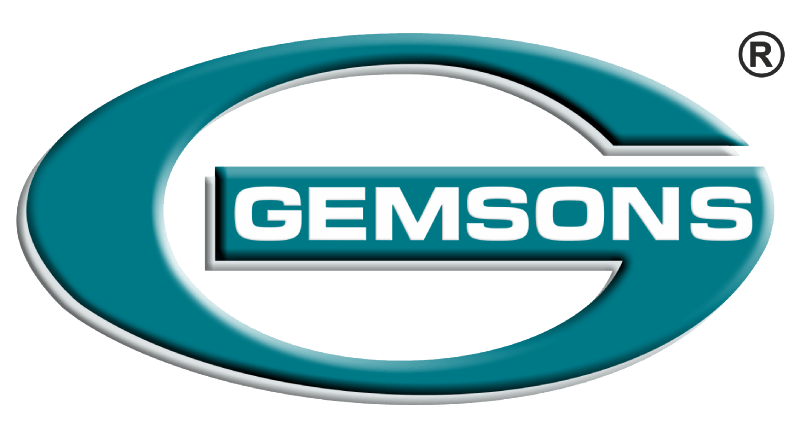Forging machining is a manufacturing method that involves cleaning up a metal part to the precise dimensions that a company requires. The finished product is a loosely formed part as a result of the forging operation. For specific applications, specific dimensions and shapes are needed, and this is where the forging machining process comes into play. During the machining process, the part is mastered using a range of methods and techniques. Digging, scraping, grinding, milling, and turning tools are suitable for this process. Some pruning techniques include laser, plasma, and oxy-fuel chopping.
Applications of Forging Machining
Automotive & Truck
Forged parts’ power, dependability, and economy make them suitable for critical automobile and truck applications. Generated materials, such as tire spindles, kingpins, and steering components, are typically used at shock and tension points. Forging machining is often used in the powertrain, where connecting rods, transmission shafts and gears, differential gears, driveshafts, clutch hubs, and universal joints are commonly used. While carbon or alloy steel is traditionally used, other materials such as aluminium and micro-alloyed steels make substantial strides in produced auto and truck applications.
Agricultural Machinery & Equipment
Farm tools must also be solid, tough, and economical. Aside from engine and transmission parts, the leading forging machining subjected to impact and fatigue include gears, shafts, levers, spindles, tie-rod ends, spike harrow teeth, and cultivator shafts.
Valves, Fittings, Oil Field Applications
Forging machining is often associated with high-pressure applications in the valve and fitting industry due to their superior mechanical properties and lack of porosity. Flanges, valve bodies and stems, tees, elbow reducers, saddles, and other fittings are made of corrosion- and heat-resistant materials. Rock cutter parts, drilling hardware, and high-pressure valves and fittings are examples of oil field applications.
Off-Highway Equipment/Railroad
forging machining are widely used in off-highway and heavy construction vehicles, mining equipment, and material handling applications due to their strength, toughness, machinability, and economy. Forgings are used for a wide range of gears, sprockets, switches, shafts, spindles, ball joints, wheel hubs, rollers, yokes, axle beams, bearing holders, and ties, in addition to engine and transmission components.
Aerospace
A high strength-to-weight ratio and structural stability will boost aircraft performance, range, and payload capability. Forging machining is commonly used in passenger jets, helicopters, piston-engine engines, naval aircraft, and spacecraft. They are made of different ferrous, non-ferrous, and unique alloy components. Bulkheads, wing roots and spars, hinges, engine mounts, braces, supports, shafts, landing gear cylinders and struts, and arresting hooks are several examples of where a forging’s flexibility in scale, form, and properties render it a perfect part. Iron-based, nickel-based, and cobalt-based superalloys are forged into jet turbine engine parts such as disks, blades, buckets, couplings, manifolds, rings, chambers, and shafts.
Forging machining, like most metal shaping processes, refines the metal’s microstructure by removing concealed flaws such as hair cracks and voids. The fibrous microstructure is rearranged in this step to adhere to the metal flow. Forging is a standard metal forming method due to its benefits and advantages in the industry.


Recent Comments